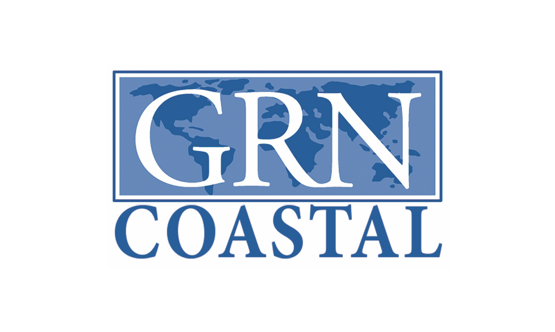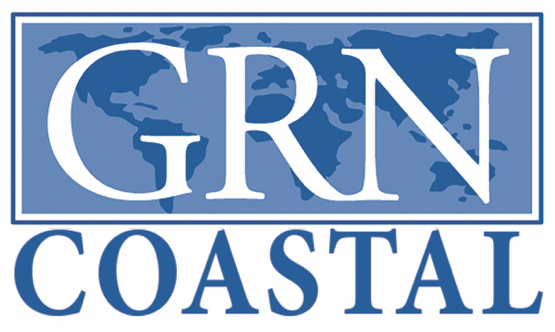How can joint sales calls become more effective?
There are really only two ways to increase sales. Sell new customers or sell existing customers more new or existing products. These require planning on the part of distributor sales management, distributor sales people and the manufacturer sales team to more effectively evaluate his/her customers and identify new opportunities. This is always an engaging discussion because in the end the joint sales call is either a high impact event or a waste of mutual time. So how can we avoid these traps and make the joint sales calls become more effective?
For a distributor sales rep to arrange a day of joint sales calls with a Manufacturer or their rep, takes a lot of time and planning to orchestrate an effective two way engagement. With the abundance of available reps that request a distributor’s time in high demand, the traditional joint sales call day must take on a different meaning.
Joint call basics
To begin with, the Distributor rep needs to be selective about where he/she takes the manufacturer rep. They need to bring the rep into accounts that make sense and accounts in which there is a realistic chance to close business. Joint calls need to be geared toward a targeted customer with a targeted product. The distributor rep needs to selectively insert the manufacturer “expert” into their sales activity at the right time and the manufacturer rep needs to be in position to deliver upon expectations. What are those expectations?
- A high degree of product knowledge
- Ability to sell product features and benefits per the customer application
- Crisp follow up, whether that includes pricing and or following up with technical assistance
- Lastly and most importantly, loyalty and trust….making sure the distributor has a sense of security that you are working with them and them only on this opportunity as they have brought you into the customer.
So, as a distributor, how many of the rep agencies that call on do you trust? How many are effective in conducting joint sales calls? Or would you prefer not to have the pressure of conducting joint sales calls and would rather call on the rep when you need them. If you’re a manufacturer, do you want your reps to do joint sales calls or would you prefer that they call on end-customers / contractors directly to create demand and then let the business go to the most “aggressive” distributor salesperson?
Both parties need to see clear value.! If the distributor rep doesn’t feel that the manufacturer rep is bringing technical value, then the manufacturer rep will most likely not get invited to the account … for this or any of the lines they represent. On the other hand, the distributor needs to make his day with the manufacturer rep very worthwhile. This takes planning and it takes time to surgically insert the rep into the process. Once a date is in the books, neither party should back out of the mutual commitment. Breaking a joint sales call day commitment is a very bad message to send to either part, try to avoid this conflict at all costs.
Manufacturers today want top of mind , they want the mind share of their distributor partners. If they are willing to commit highly qualified technical resources to assist the distributor in the selling process, as partners, the distributor needs to take advantage of these opportunities. With the abundance of lines that an outside rep needs to sell, this level of expertise should be welcomed. The manufacturer needs to deliver the deep expertise. When these qualifications and expectations align, it is a win for all parties!
The competitiveness of the economy requires a back to basic approach to selling to differentiate you, especially in light of the movement to more e-communications / e-commerce. Joint calls are important. Partnerships with your key suppliers are important.
What are the methods to success?
Step 1: A customer targeting process driven by data
First, there should be a review of targeted accounts to determine, by generic or manufacturer product group, what each customer purchases. You need marketplace data !. Get your marketing team involved or an outside party. A product mix report or account base gap analysis is your key to selling something “new” (either a product category or a specific item) to existing customers. With this in hand, an examination of the data will reveal opportunities. Inviting the manufacturer’s sales rep for the product line to review the opportunities will further prune the list so there are no conflicts if the manufacturer is already getting the business (while also revealing interesting competitive insights to you).
Step 2: Connect product and services to the customer
Second, what products, new or existing, should be presented to each targeted customer? Obviously, products that support application solutions and are profitable are the best picks. No longer will a “let’s see what today or this week brings” strategy succeed. Planning and utilizing basic selling skills is the order of the day. Identify the needs of the customer and solving the need with planned activities is now at hand. “Why am I calling on this account? What products is he/she not buying from me? How can I find out what application problems they are experiencing? Is there safety, code, labor saving or energy products I can sell them? How can I bring value to new customers? What resources do I and my company have to effectively cultivate new orders? What types of projects / companies does my customer (contractor) work with? What are my customers and his customers’ issues? (or for industrial or institutional accounts, What are their business initiatives and how can I help?”) Is there a strong commitment to two way communication and account execution?
Step3: Consider a motivation tool
Third, motivation is key. To maximize effectiveness, consider an incentive for the distributor sales person to reward for activity (number of calls) and effectiveness (sales achievements). Joint calls require a lot of work. For the distributor and manufacturer sales person, a reward is extremely important for success. Ideas that we’ve seen work include:
o Spiffs
o Promotions / contests which may include non-cash rewards and gift certificates
o Double or triple commission on the specific products for a defined time period
o Tickets to a special event (sport or concert)
o Or, the president / sales manager washes both salesperson’s car
Results need to be tracked and visible. You need scorecards to show results and motivate your team.
Another key element is motivating the customer. While visibility is good, sales are better. To encourage customers, consider answering their WIIFM (what’s in it for me). Non-pricing strategies can help preserve long term profitability. But remember, not every customer needs the presented product today. Customer purchasing benefits should extend for 30-60 days. Experience has shown that you need to plant seeds for sales to grow.
Leadership alignment
The question becomes, are you, and perhaps more importantly, your salespeople, thinking this way? Shouldn’t you!
Therefore, one way to effectively increase sales is through joint sales calls. This time-tested strategy requires trust amongst channel partners but can be improved by planning and commitment. And it converts your salespeople from customer service resources (or order takers) to demand generators, hence increasing their value to the customer and your key supplier partners. Can you afford not to conduct joint sales calls with your key suppliers? What happens if “your” customer hears of a product from someone else (i.e. the Internet, direct from the manufacturer, a competitor)? What happens when the niche products that they need are presented by someone else? Or consider how many times your customer wants to hear “do you have an order for me?”
Linkage to operations
Effectively planned joint sales calls with objectives can be a very productive tool. The problem has always been setting expectations, pre-planning and follow-up. Here is where the sales or the marketing manager comes into play.
And while the distributor benefits from increased sales as well as many intangible benefits, frequently to capture the business there must be sufficient inventory to support the desired (expected?) demand. Manufacturers should make it appealing for distributors to have more inventories at the point of influence (in the branch / CDC). Consider extended dating, sales guarantees with no-restocking fee for 6 months, competitive stock buy-backs if necessary, SPAs and more. Also, does the distributor have the appropriate marketing collateral from the manufacturer? Typically, joint sales calls don’t happen in a vacuum. They are part of a concerted effort to grow specific product areas. An integrated sales and marketing approach is important as both reinforce the message. This is a team sell, you need inside, outside and operations all on board. Your tech specialist can apply this same methodology to their customers and vendors also. Everyone needs to know the targets and a well planned and executed Joint call cadence should become a vital part of the everyday sales agenda and business plan with key suppliers.
Joint calls can be effective when planned, can increase business, adds value to your customer relationships. With every distributor, and customer, seeking an edge, joint sales calls ensure that your customer hears from you and your manufacturer.
Copyright © 2015 by John Salvadore
All rights reserved. No part of this publication may be reproduced, distributed, or transmitted in any form or by any means, including photocopying, recording, or other electronic or mechanical methods, without the prior written permission of the publisher, except in the case of brief quotations embodied in critical reviews and certain other noncommercial uses permitted by copyright law.








